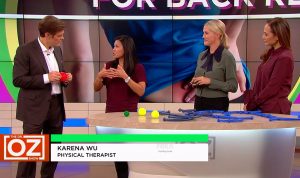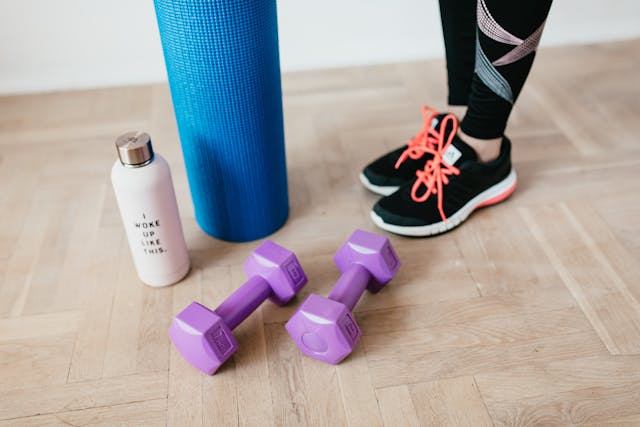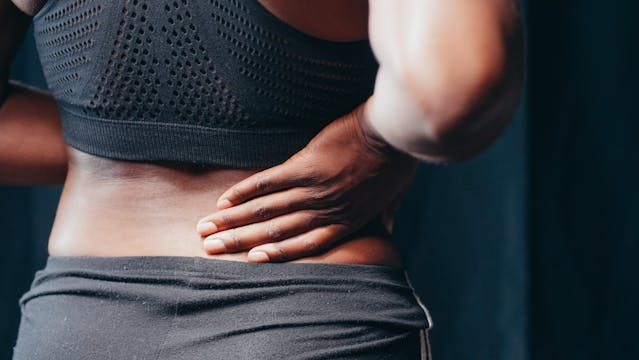 ActiveCare Physical Therapy, PC
ActiveCare Physical Therapy, PC
29 West 38th Street
Suite 601
New York, NY 10018

* We Accept Medicare | No Fault | Workers Comp *
How Pilates-Based Physical Therapy Improves Core Strength
Pilates-based physical therapy improves core strength by combining the principles of Pilates with evidence-based rehabilitation techniques, offering a low-impact, highly effective method to restore stability and function. In recent years, this integrative approach has gained popularity among physical therapists, especially in New York City, for its ability to address a wide range of conditions while focusing on controlled movement, posture, and body awareness.
In this post, we’ll explore what Pilates-based physical therapy is, how it improves core strength, who can benefit, and why it’s a powerful tool for injury recovery and prevention.

What Is Pilates-Based Physical Therapy?
Pilates-based physical therapy blends traditional physical therapy techniques with the foundational principles of Pilates—such as concentration, control, centering, precision, breath, and flow. It’s typically performed under the guidance of a licensed physical therapist who is also trained in Pilates methodology.
Unlike standard Pilates classes, Pilates-based physical therapy is medically informed and tailored to the patient’s specific needs, goals, and physical limitations. It can be done on a mat or using equipment like the Reformer, Cadillac, or Wunda Chair to challenge core strength and overall body control.
The Importance of Core Strength in Rehabilitation
The “core” refers to more than just your abdominal muscles—it includes the entire musculature surrounding your trunk: the deep abdominals, back muscles, pelvic floor, diaphragm, and hip stabilizers. A strong and coordinated core is essential for:
- Maintaining good posture
- Preventing back and hip injuries
- Improving balance and stability
- Supporting efficient movement patterns in daily life and sports
Many injuries and chronic pain conditions—especially in the lower back, hips, or pelvis—stem from a weak or poorly activated core. Pilates-based physical therapy addresses this by retraining the deep stabilizing muscles and ensuring they function in harmony with the rest of the body.
How Pilates-Based Physical Therapy Improves Core Strength
1. Deep Muscle Activation
Pilates exercises emphasize slow, controlled movements that target the deep muscles of the abdomen, pelvis, and spine. Unlike high-intensity workouts that may bypass these stabilizers, Pilates activates them precisely, promoting spinal alignment and postural endurance.
2. Breathing and Core Coordination
Breathing is integral to Pilates, and therapists teach patients how to coordinate breath with movement. This improves diaphragm function and enhances the connection between breathing and core engagement, which is especially helpful for individuals with chronic back or pelvic floor issues.
3. Movement Re-Education
One of the most powerful aspects of Pilates-based therapy is its focus on quality of movement. Therapists help patients break poor habits and reinforce better mechanics—teaching the body to move efficiently while minimizing strain on joints and tissues.
4. Progressive Resistance
Using spring-based equipment or body weight, Pilates therapy gradually increases resistance, challenging core stability without excessive load. This controlled resistance helps build strength safely, even in patients recovering from surgery or injury.
5. Integration with Functional Activities
Pilates-based exercises mimic daily movement patterns, improving real-world functionality. Whether you’re lifting a grocery bag or running a marathon, a stronger core helps reduce injury risk and improve performance.
Who Can Benefit from Pilates-Based Physical Therapy?
This therapeutic approach is suitable for a wide range of conditions and patient populations:
- Chronic low back pain
- Postpartum core and pelvic floor rehabilitation
- Post-surgical recovery (hip, knee, spine)
- Scoliosis and postural dysfunctions
- Sports injuries and performance enhancement
- General strength and mobility maintenance for aging adults
It’s especially effective for patients who have struggled with traditional rehab or want a gentler but highly targeted approach.

Why Choose a Pilates-Based Physical Therapist?
While Pilates instructors can offer general fitness benefits, physical therapists trained in Pilates provide an expert clinical lens. They evaluate underlying imbalances, injury history, and movement dysfunctions to design a program that supports healing and enhances performance—without pushing beyond safe limits.
Pilates-based physical therapy: Conclusion
Pilates-based physical therapy improves core strength by targeting the deep stabilizing muscles with control, precision, and therapeutic intention. It offers a safe, personalized, and effective way to recover from injury, manage pain, and enhance overall movement quality.
If you’re looking to build a stronger core, reduce back pain, or improve functional fitness, this holistic approach may be the perfect solution. Call ActiveCare Physical Therapy today to schedule an appointment.
Contact Information
ActiveCare Physical Therapy™
29 West 38th Street, Suite 601
New York, NY 10018
Phone: (212) 777-4374
Email: staff@bestptnyc.com
Website: https://activecarephysicaltherapy.com
